Spring garden care; your garden, which is a part of nature, opens its eyes to life again with spring. The leaves of the trees bloom, the flowers bloom, warm breezes in the air herald the freshness and spring preparations begin in the garden. So you get a lot of work. You can devote special time to your garden and feel more fit and refreshed with the energy that spring gives you. Now is the time to start work and to prepare your garden for the warm season. Let the preparations begin!
First inspect and maintain the equipment, machinery and tools to be used in the garden. If there are missing materials you can complete them. Following rainy weather in the winter, the soil in the garden is still moist and this allows us to work the soil comfortably. This period is suitable for the cultivation of the soil.
Let the colors of the flowers in the garden return with spring garden care!
If bulbous plants such as tulips, hyacinths, and daffodils are planted in your garden in the autumn, now is their time to wake up.
Watching flowers blossom with beautiful colors from each other is the most enjoyable part of spring. Let’s say you didn’t plant these plants in fall, so you can buy hyacinths that have opened up to your garden to create the same effect. In addition, in order to protect from the cold in winter, the pots you have taken to the sheltered place can be unearthed and put back into place with the coming spring. What about the colorful flowers in your garden and the vegetable seedlings? We can create vegetable beds for this. But first we need to ventilate the soil, which is the basis of spring garden care, and supplement it with animal manure.
Do not miss the time of pruning
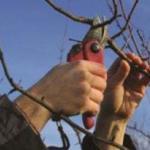
One of the rules you shouldn’t neglect during spring garden maintenance is pruning for the regular and strong growth of the trees. Pruning makes the plants more efficient. The best time for this is the spring season. In lignified plants need to prune broken, dents, frequent or curved growing branches. Pruning should be applied to put ornamental trees, shrubs and hedge plants with green parts into a certain form. The fruit trees, roses and hydrangeas should be pruned until the 2nd week of March. Pruning should be performed by qualified personnel. Dried branches of ivy should also be cleaned.
Fertilizing and disinfection is a must!
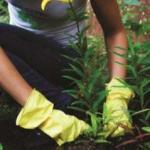
One of the important issues of spring garden care is correct fertilization and disinfection.
All plants coming out of the winter need nutritional support during the waking period, that is, fertilizer. Especially fruit trees will begin to bloom in this period of color, blossoming and thus increase the amount of fruit phosphorus-weighted fertilizers should be used. Possible location changes in plants are usually made in winter. However, if you have not made the necessary changes this winter, you should complete this process as soon as possible
But be careful! Spring awakens nature and awakens plant pests and diseases. Measures should be taken especially in fruit trees and disinfection should be done in March. Another thing to be aware of is that the procedures for autumn garden landscaping are different. Avoid making such works in the spring
Things to consider when performing Spring Garden care
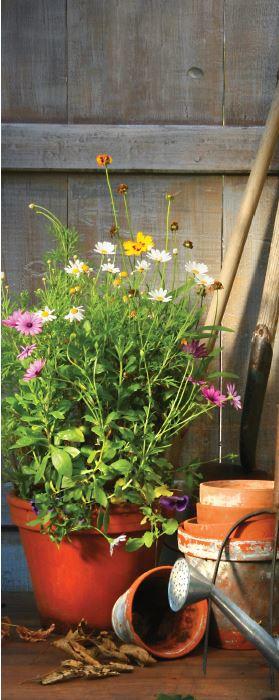 At the end of March and in the first weeks of April, plants start to eat out of sleep and consume nutrients. Therefore, the nutrients they need are supplied with N-P-K compound fertilizer as external fertilizer. Fertilizers with high nitrogen content are preferred, as they will need the most nitrogen during these months.
At the end of March and in the first weeks of April, plants start to eat out of sleep and consume nutrients. Therefore, the nutrients they need are supplied with N-P-K compound fertilizer as external fertilizer. Fertilizers with high nitrogen content are preferred, as they will need the most nitrogen during these months.- Now pruning operations can be carried out (form pruning, pruning to rejuvenate the plant we call deep pruning). However, pruning cannot be done if eyes awaken in fruit trees and flower period has begun.
- Fruit trees can be vaccinated eye shoots. However, the necessary items for vaccination must be received in March-April.
- Again, these months are a period when diseases and pests appear. Chemical measures should be taken against them. Among these precautions, insecticide (fungicide) and fungicide (fungus) spraying should be done together. It is useful to carry out appropriate chemical control against pests, e.g. against vineyard monkeys! This pest damages plants by eating new shoots. Let’s be careful!
- Thereafter, the plants are no longer relocated and bare rooted plants are not going to be planted.
- In March-April, grass starts to develop rapidly. Fertilizing with high nitrogen content is important.
- In grass areas, the interim plantations can be done. Lawn areas can be created by spreading grass method.
- One of the many questions that plagues many of us is the length of grass. When the lawn reaches 8 cm, form action should be applied. The lawnmower can be in the shape of 4 cm and can be mowed to a length of 4 cm this season.
- Lawn areas should be mowed on a weekly basis.
- One of the points that should not be forgotten is to clean the dead surfaces with the rake method and to provide ventilation in the grass areas.
- Plant bottoms should be hoeed and the plant pots which were closed in winter should be opened again.
- Weed control during spring gardening should be done regularly during these months. In addition to chemical methods, weed control should not be neglected.
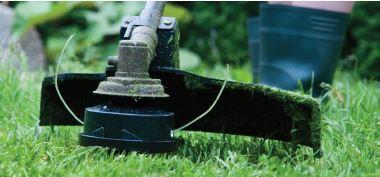




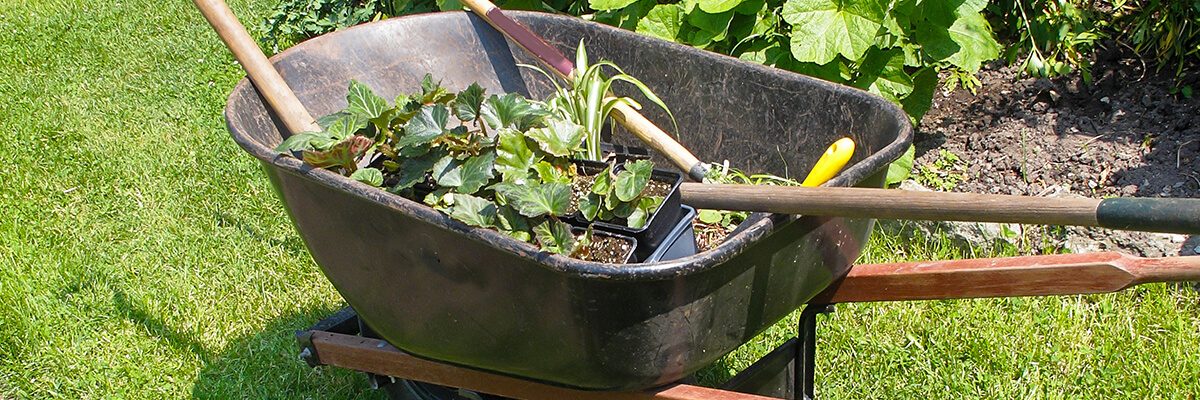
 At the end of March and in the first weeks of April, plants start to eat out of sleep and consume nutrients. Therefore, the nutrients they need are supplied with N-P-K compound fertilizer as external fertilizer. Fertilizers with high nitrogen content are preferred, as they will need the most nitrogen during these months.
At the end of March and in the first weeks of April, plants start to eat out of sleep and consume nutrients. Therefore, the nutrients they need are supplied with N-P-K compound fertilizer as external fertilizer. Fertilizers with high nitrogen content are preferred, as they will need the most nitrogen during these months.


